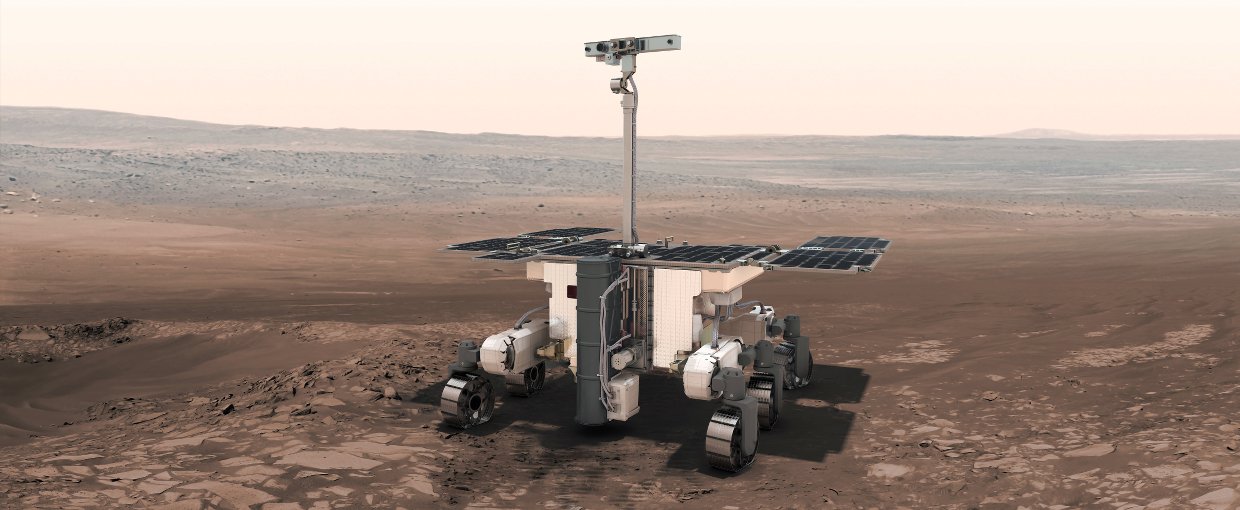
- When the ESA (European Space Agency)-led Rosalind Franklin rover heads to Mars no earlier than 2028, a NASA machine learning algorithm gets its first chance to shine after more than a decade of data training in the lab.
- The Mars Organic Molecule Analyzer (MOMA), a mass spectrometer instrument aboard the rover, will analyze samples collected by a coring drill and send the results back to Earth, where they will be fed into the algorithm to identify organic compounds found in the samples.
- If any organic compounds are detected by the rover, the algorithm could greatly speed up the process of identifying them, saving scientists time as they decide the most efficient uses of the rover's time on the Red Planet.
When a robotic rover lands on another world, scientists have a limited amount of time to collect data from the troves of explorable material, because of short mission durations and the length of time to complete complex experiments.
That's why researchers at NASA's Goddard Space Flight Center in Greenbelt, Maryland, are investigating the use of machine learning to assist in the rapid analysis of data from rover samples and help scientists back on Earth strategize the most efficient use of a rover's time on a planet.
"This machine learning algorithm can help us by quickly filtering the data and pointing out which data are likely to be the most interesting or important for us to examine," said Xiang "Shawn" Li, a mass spectrometry scientist in the Planetary Environments lab at NASA Goddard.
The algorithm will first be put to the test with data from Mars, by operating on an Earth-bound computer using data collected by the Mars Organic Molecule Analyzer (MOMA) instrument.
The analyzer is one of the main science instruments on the upcoming ExoMars mission Rosalind Franklin Rover, led by ESA (European Space Agency). The rover, which is scheduled to launch no earlier than 2028, seeks to determine if life ever existed on the Red Planet.
After Rosalind Franklin collects a sample and analyzes it with MOMA, data will be sent back to Earth, where scientists will use the findings to decide the best next course of action.
"For example, if we measure a sample that shows signs of large, complex organic compounds mixed into particular minerals, we may want to do more analysis on that sample, or even recommend that the rover collect another sample with its coring drill," Li said.
Algorithm May Help Identify Chemical Composition Beneath Surface of Mars
In artificial intelligence, machine learning is a way that computers learn from data - lots of data - to identify patterns and make decisions or draw conclusions.
This automated process can be powerful when the patterns might not be obvious to human researchers looking at the same data, which is typical for large, complex data sets such as those involved in imaging and spectral analysis.
In MOMA's case, researchers have been collecting laboratory data for more than a decade, according to Victoria Da Poian, a data scientist at NASA Goddard who co-leads development of the machine learning algorithm. The scientists train the algorithm by feeding it examples of substances that may be found on Mars and labeling what they are. The algorithm will then use the MOMA data as input and output predictions of the chemical composition of the studied sample, based on its training.







